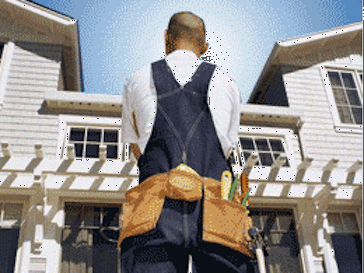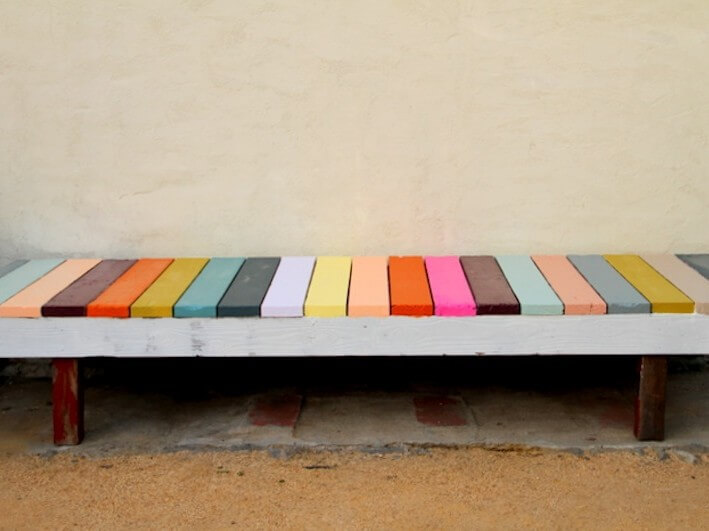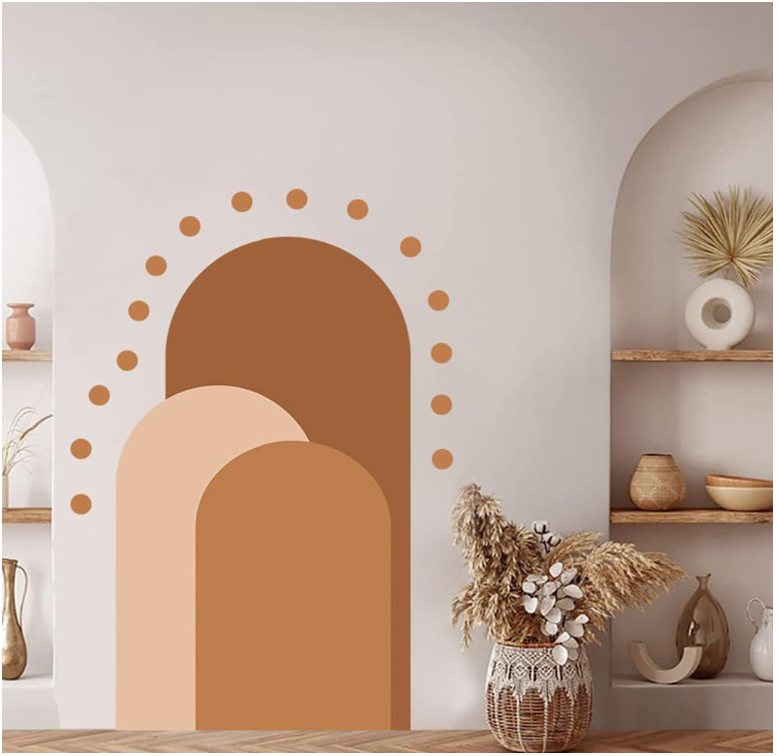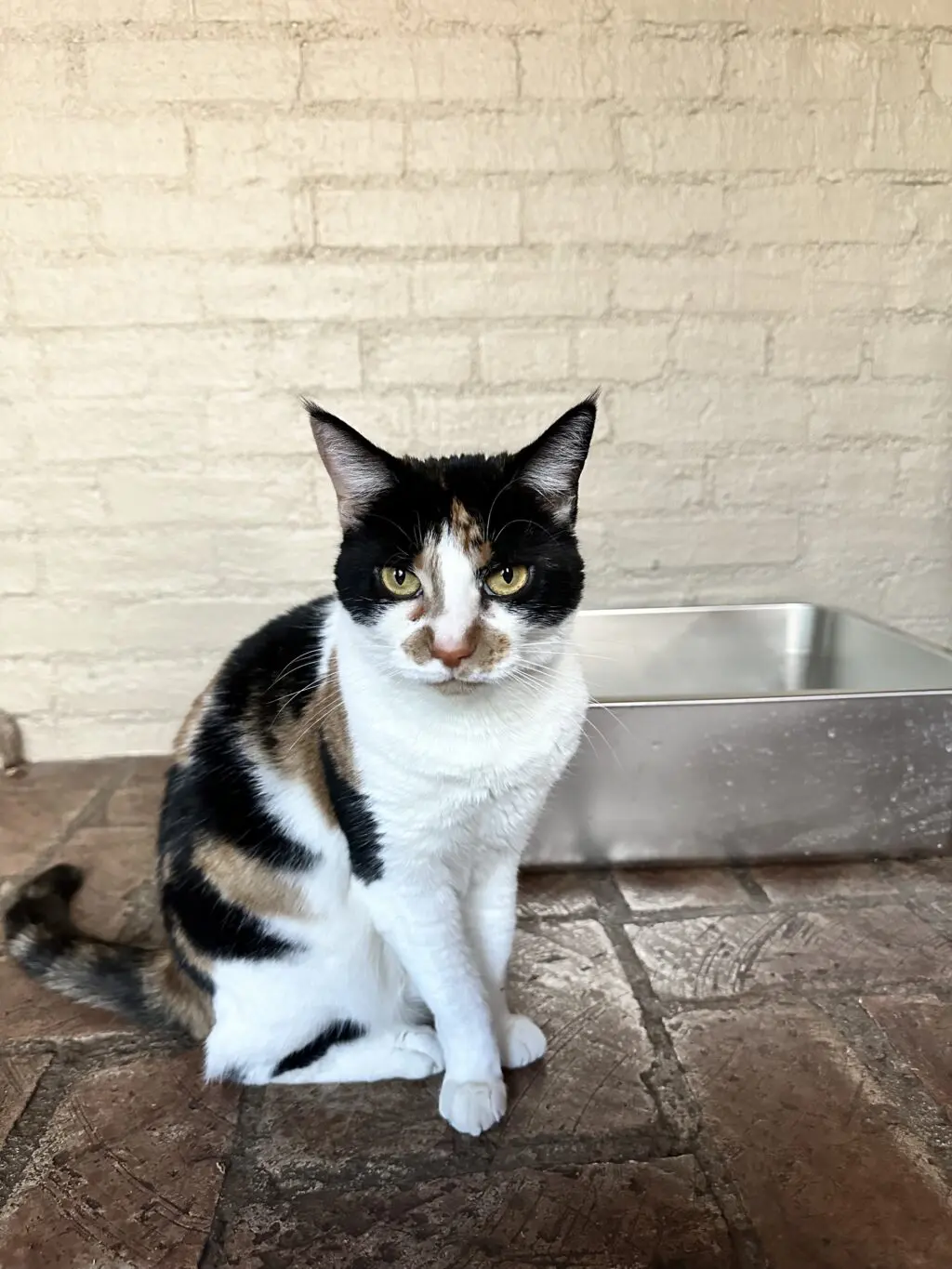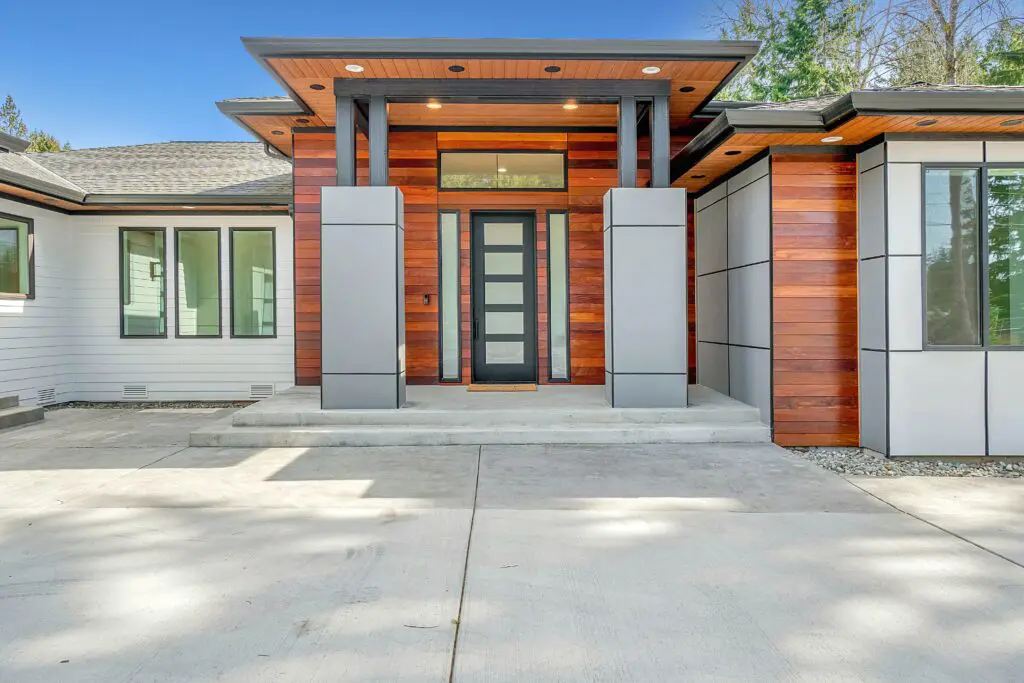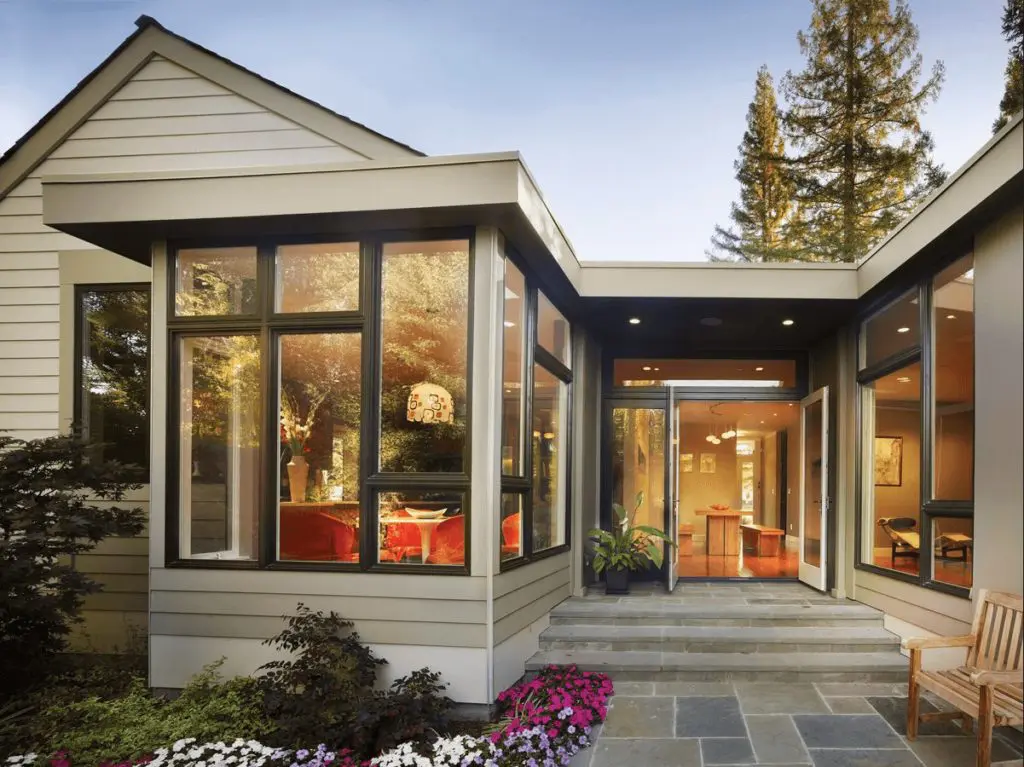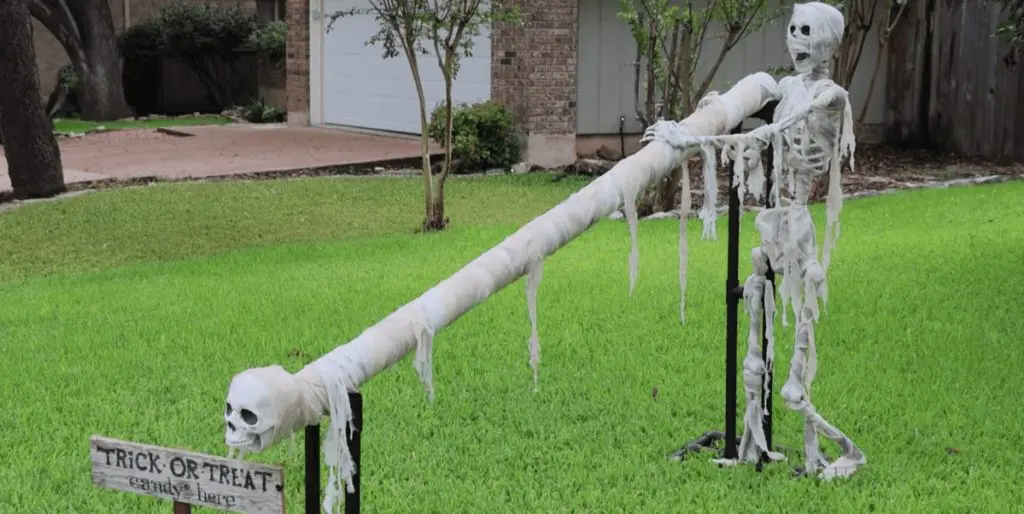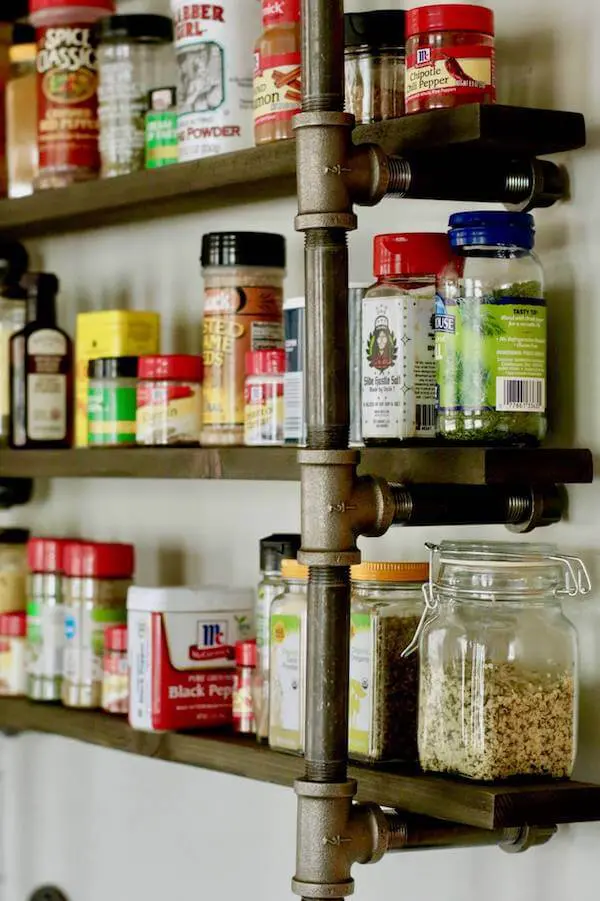There is a fantastic new show on HGTV appropriately called “Income Property” that features Canadian host and carpenter Scott McGillivray who leads clients (and viewers) through the precarious process of income property renovations. In a recent episode, Scott walks a homeowner through the proper steps of “first things first” when converting part of his home into rentable space. He advises his clients to consider the proper functioning, safety, and ultimate rentability of their property and to budget accordingly before even considering renovating their own living area. “If a long-term investment is what you seek, turning your space into a home right off the bat isn’t going to help pay those accumulating bills. Your No. 1 priority should be making your home into an income source, or at least a manageable entity.”
Below are steps I gleaned from watching “Income Property” as well as the many shows on HGTV, TLC, the DIY Network to avoid spending money on the cosmetics of an income property before addressing the infrastructure and basic functioning to get it rented. Here is a checklist of “First Things First To Dos” when renovating:
• Assess your space-make sure the area of your home you wish to rent is “in step” with your lifestyle and family. Being a landlord in your own home, you’ll have to deal with the gamut of tenants’ personalities and needs, and give up access to parts of your property.
• It should make sense financially-Scott McGillivray advises, “The cost of renovations has to be able to pay itself back within two years rent. When renovating your space, despite what a professionally quoted budget says, add 25%, just in case.” The adage “If anything can go wrong, it will,” seems quite common when it comes to construction, so be prepared.
• Be sure the rental space is safe and within code-this is crucial to take care of first, as there could be more than meets the eye and pocketbook:
*not-to-code structural issues– missing fire barriers & support beams, stud spacing
*fire hazards-exposed live, improper, and outdated electrical wiring
*mold & wall/drywall moisture-due to corroding plumping and insufficient ventilation (especially in basement bathroom/kitchen areas)
•insect/rodent infestation-check for clues such as foil stuffed in outlets (mice/rats), droppings, and chewed wood or walls
• Make private entrances secure-proper doors and locks will not only help prevent theft, but will be a reassurance to tenants.
• Be sure your rental space is livable-increase your chances of attracting quality tenants by considering spaces such as kitchens (updated appliances/decent counter and cabinet space), bathrooms (clean and dry looking and smelling), and sufficient living areas (bedroom, and sitting/eating area).
Once these “First Things First To-Dos” are completed, you’re in real good shape to tackle things like flooring, paint, tear downs (to open up space), furniture, storage, decor and accessories. With planning and good execution, especially during these economic challenges, creating an income property can be a great solution to foreclosures, loss of income, and/or supplemental income. Scott leaves us with this: “Income suites used to be a nice way to help with the [mortgage] payments, but in my generation it’s a reality and it’s a necessity.”

